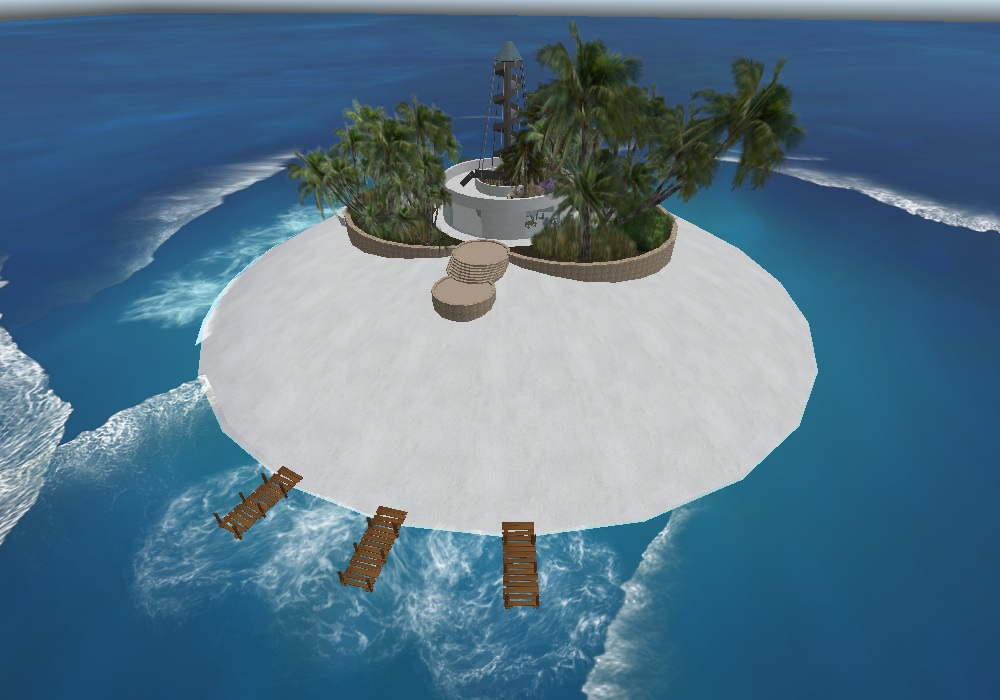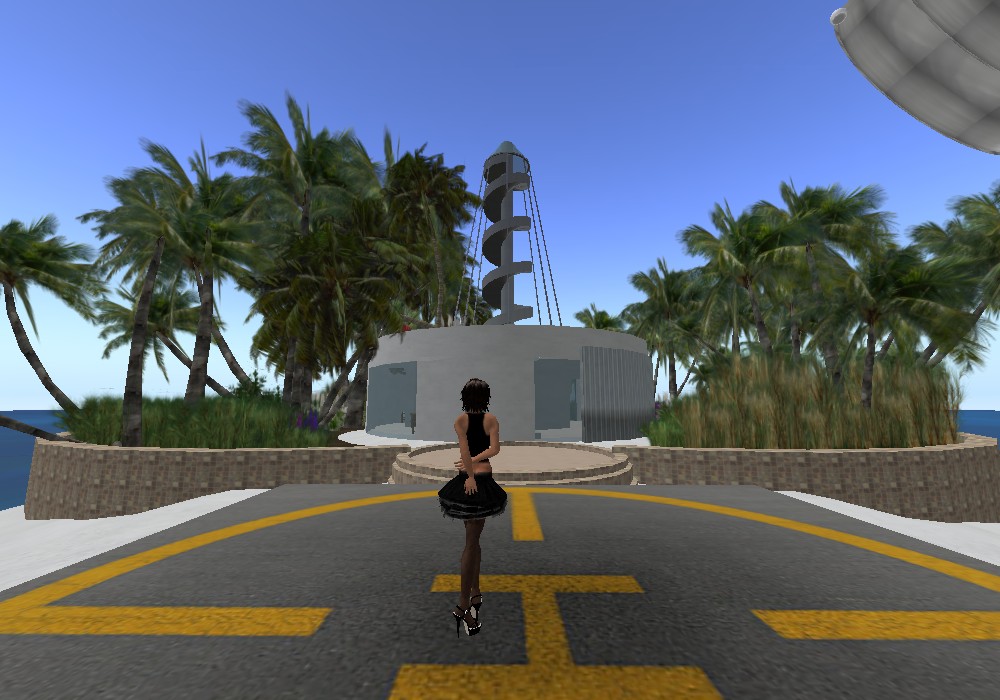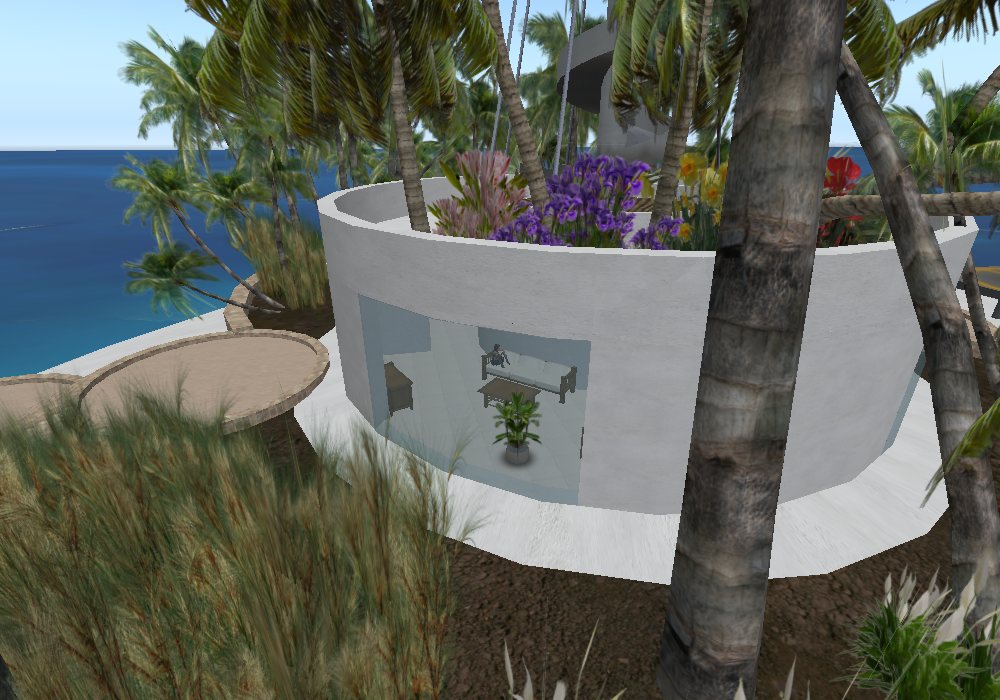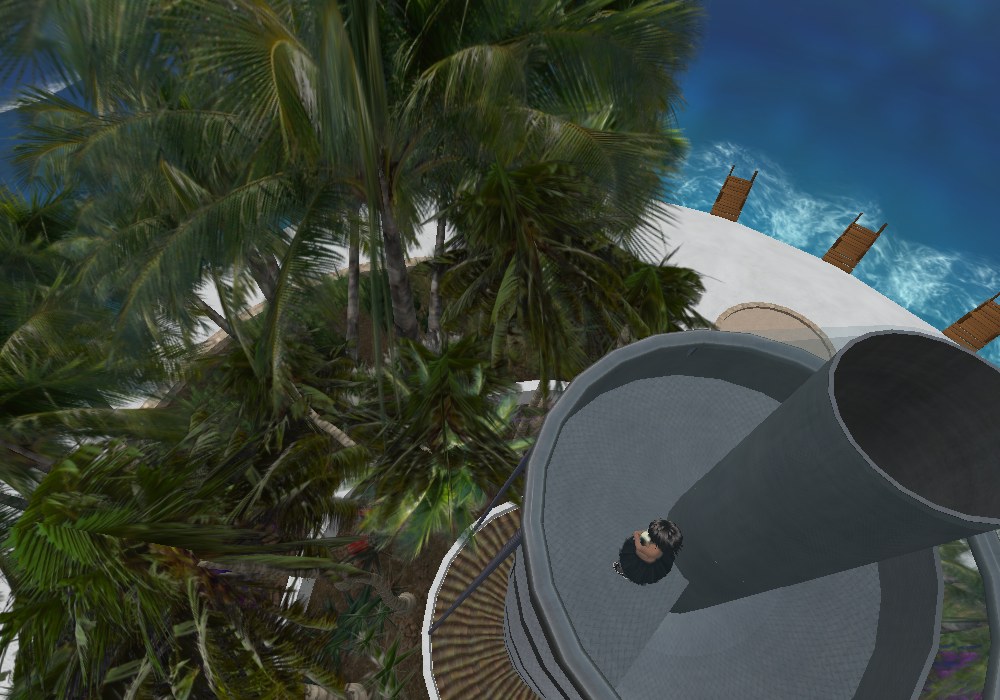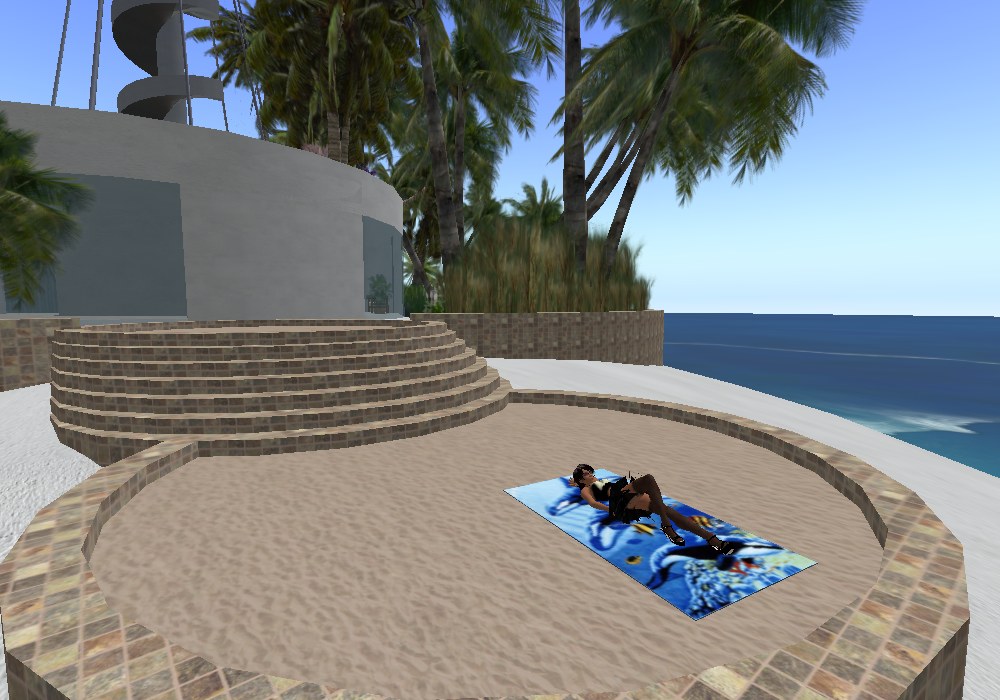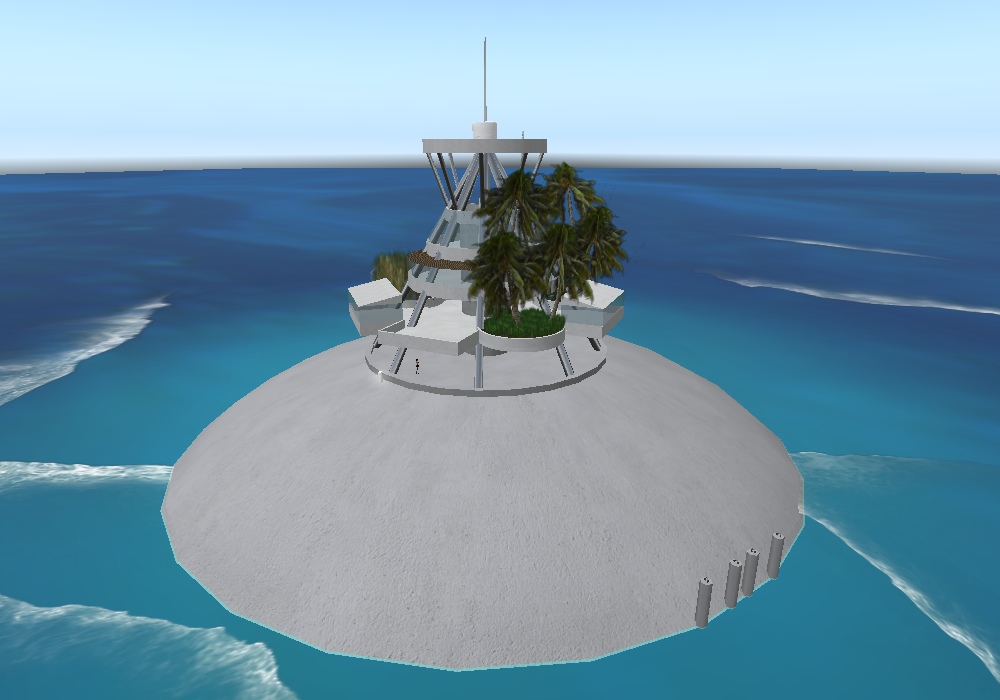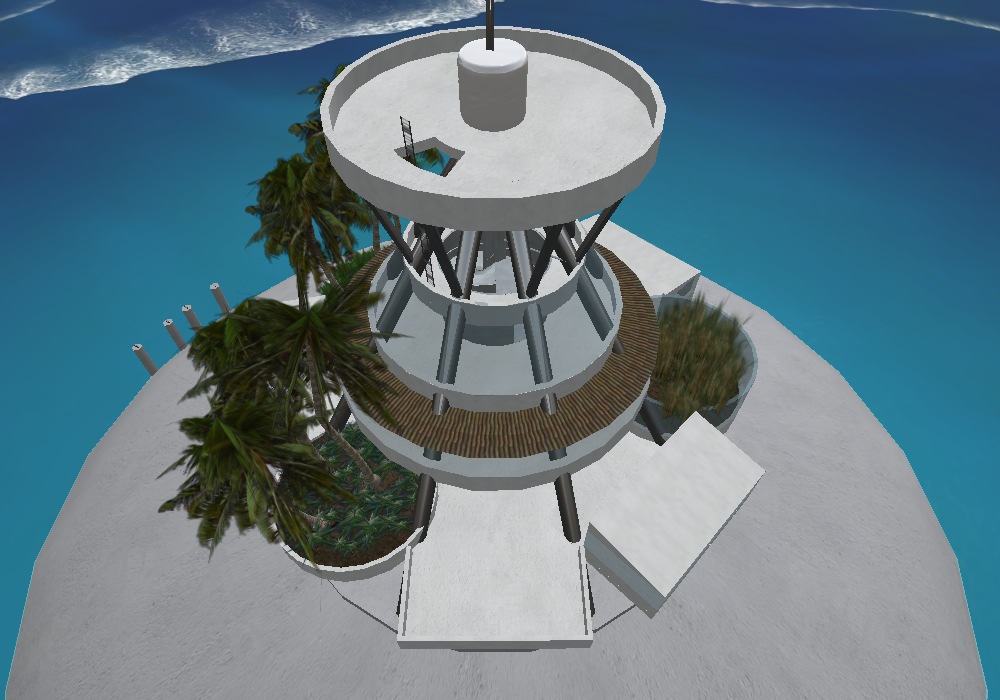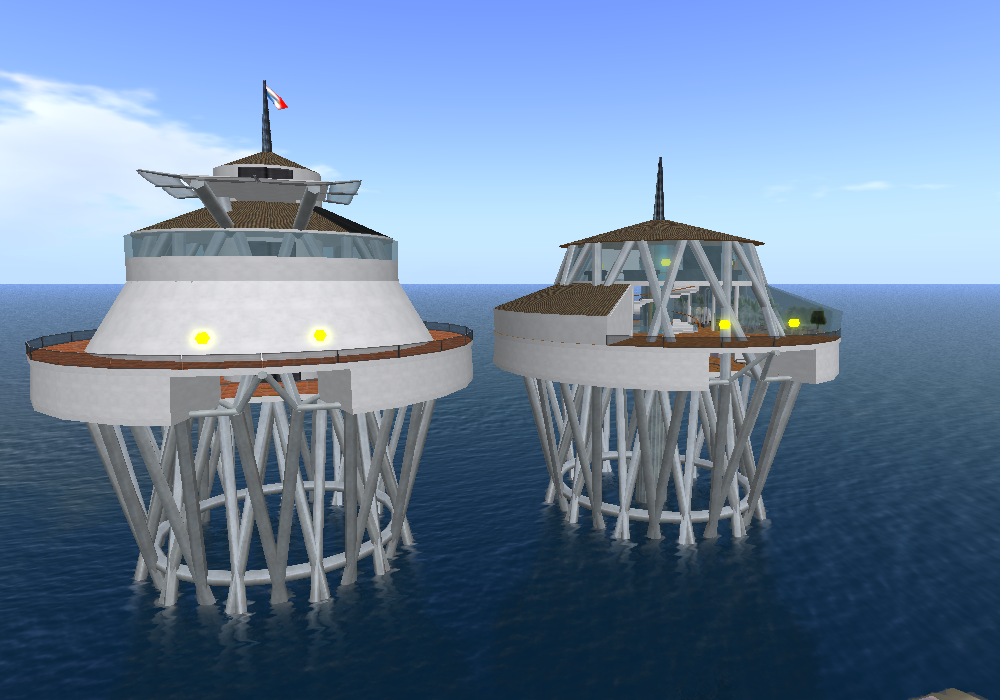Difference between revisions of "User:Jesrad"
| (17 intermediate revisions by the same user not shown) | |||
| Line 1: | Line 1: | ||
* [[User:Jesrad/BunkerStead]] | * [[User:Jesrad/BunkerStead]] | ||
* [[User:Jesrad/AtmosphericElectricity]] | * [[User:Jesrad/AtmosphericElectricity]] | ||
| + | * [[User:Jesrad/FloatingDirtSeastead]] | ||
| − | + | ---- | |
| + | ''mid-2013 status update:'' | ||
| + | |||
| + | Half of Europe's countries, including France where I reside, are going down the financial, cultural and moral drain at an accelerating rate. My limited family's financial, medical and professional anchors to this place are almost all loose now, enough so that any alternative for income appearing abroad (in any non-borked place) will be enough to trigger our immediate and irrevocable migration. However the national government here has been keeping us (and every other middle-class family in the country) financially strangled for over a year now, and that means I cannot contribute to funding seasteading until some time after I move, which creates a kind of catch-22 situation regarding migration to a potential experimental seastead. For shame, otherwise I'd take the opportunity to combine our migration with the current Floating-City campaign to establish a proof-of-concept live experiment (although, TBH I find the choice of locating it in the USA a bit apalling and short-sighted). | ||
| + | I believe the seasteading movement/culture needs a few low-profile live experiments, now is the right time. I would gladly help any initiative, in any way I still can. | ||
| + | ---- | ||
| + | Secondlife has been dead to me since I was shafted by LindenLab in 2009. The collaborative design concept still lives though thanks to open-source clones like opensimulator and alternative clients, for rapid virtual-prototyping and making sexy pictures. | ||
| + | |||
| + | [[Image:Artififloatisland01.jpg]] | ||
| + | [[Image:Artififloatisland02.jpg]] | ||
| + | [[Image:Artififloatisland03.jpg]] | ||
| + | [[Image:Artififloatisland04.jpg]] | ||
| + | [[Image:Artififloatisland05.jpg]] | ||
| + | [[Image:Artififloatisle06.jpg]] | ||
| + | [[Image:Artififloatisle07.jpg]] | ||
| + | * [[Image:DHTMCsteads.png]] | ||
| + | ---- | ||
| + | Jesrad is a diplomed Systems and Networks administrator, a certified Discordian Pope, a nutrition and health adviser, a technology history scholar and an enthusiastic amateur lateral-thinker. | ||
---- | ---- | ||
| Line 19: | Line 37: | ||
The weighted average of the total cost of land for each such person is (formula here), which is, for actual competitive purposes when comparing traditional land lifestyle against seasteads, a more accurate target for design-to-cost approaches. | The weighted average of the total cost of land for each such person is (formula here), which is, for actual competitive purposes when comparing traditional land lifestyle against seasteads, a more accurate target for design-to-cost approaches. | ||
| − | |||
| − | |||
| − | |||
| − | |||
| − | |||
| − | |||
| − | |||
| − | |||
| − | |||
| − | |||
| − | |||
| − | |||
| − | |||
| − | |||
| − | |||
| − | |||
| − | |||
| − | |||
| − | |||
| − | |||
| − | |||
| − | |||
| − | |||
| − | |||
Latest revision as of 08:27, 12 September 2013
mid-2013 status update:
Half of Europe's countries, including France where I reside, are going down the financial, cultural and moral drain at an accelerating rate. My limited family's financial, medical and professional anchors to this place are almost all loose now, enough so that any alternative for income appearing abroad (in any non-borked place) will be enough to trigger our immediate and irrevocable migration. However the national government here has been keeping us (and every other middle-class family in the country) financially strangled for over a year now, and that means I cannot contribute to funding seasteading until some time after I move, which creates a kind of catch-22 situation regarding migration to a potential experimental seastead. For shame, otherwise I'd take the opportunity to combine our migration with the current Floating-City campaign to establish a proof-of-concept live experiment (although, TBH I find the choice of locating it in the USA a bit apalling and short-sighted).
I believe the seasteading movement/culture needs a few low-profile live experiments, now is the right time. I would gladly help any initiative, in any way I still can.
Secondlife has been dead to me since I was shafted by LindenLab in 2009. The collaborative design concept still lives though thanks to open-source clones like opensimulator and alternative clients, for rapid virtual-prototyping and making sexy pictures.
Jesrad is a diplomed Systems and Networks administrator, a certified Discordian Pope, a nutrition and health adviser, a technology history scholar and an enthusiastic amateur lateral-thinker.
Work in progress:
Land and sea cost to surface comparisons
While the cost of the residential square meter of seastead may compare favorably to the cost of residential square meter of downtown flats in many big cities, any attempt at designing seasteads with cost in mind should integrate also comparisons of non-residential acreage in both settings.
Land residents in big cities have easy access to such non-residential land surface through the extensive land transportation systems: the ordinary western citizen makes use of the following averages of surfaces depending on their productive uses:
- N square meter for crop culture
- M square meter for stock breeding and rising
- O square meter for industrial applications
- P square meter for refuse and waste treatment or storage
- Q square meter for ?
- Your Ad Here
The weighted average of the total cost of land for each such person is (formula here), which is, for actual competitive purposes when comparing traditional land lifestyle against seasteads, a more accurate target for design-to-cost approaches.
